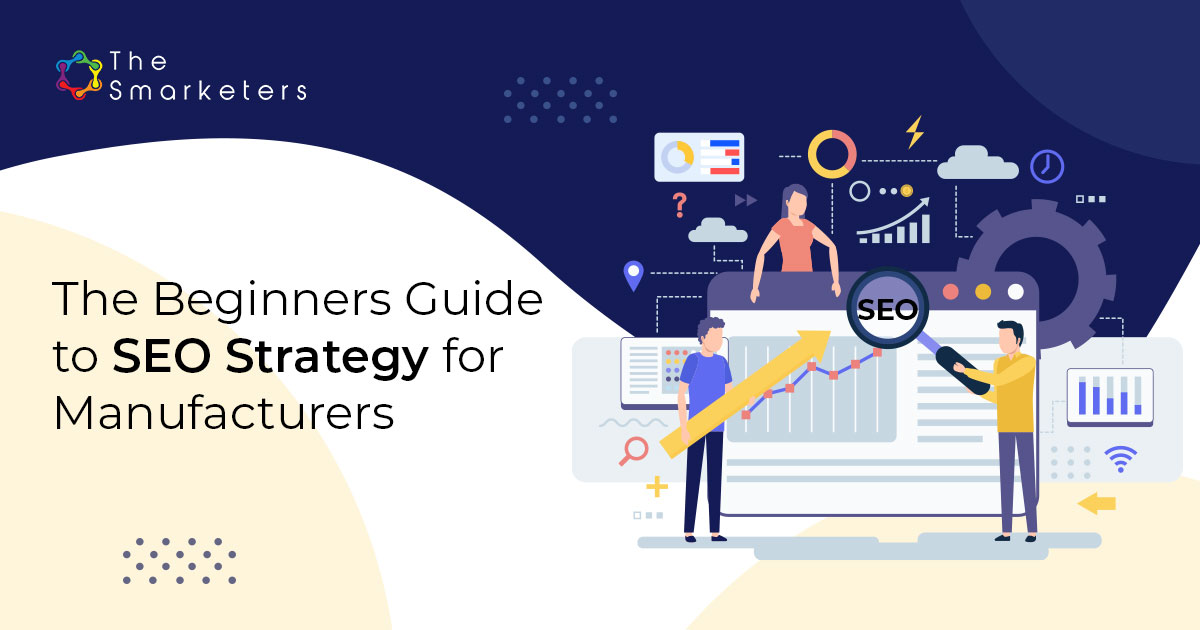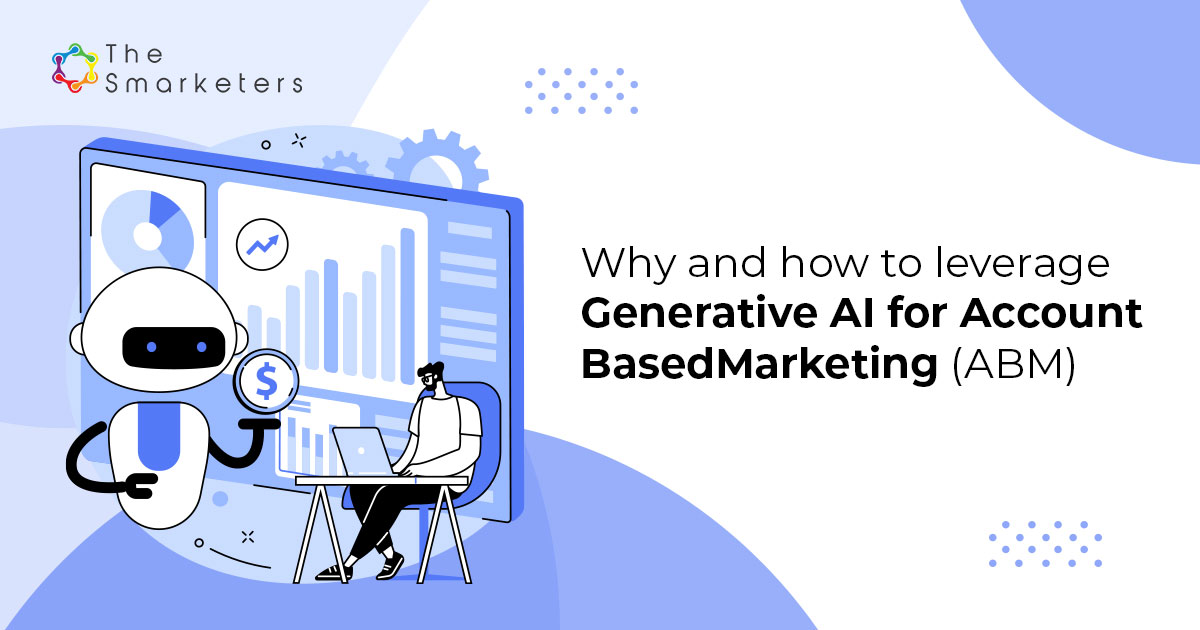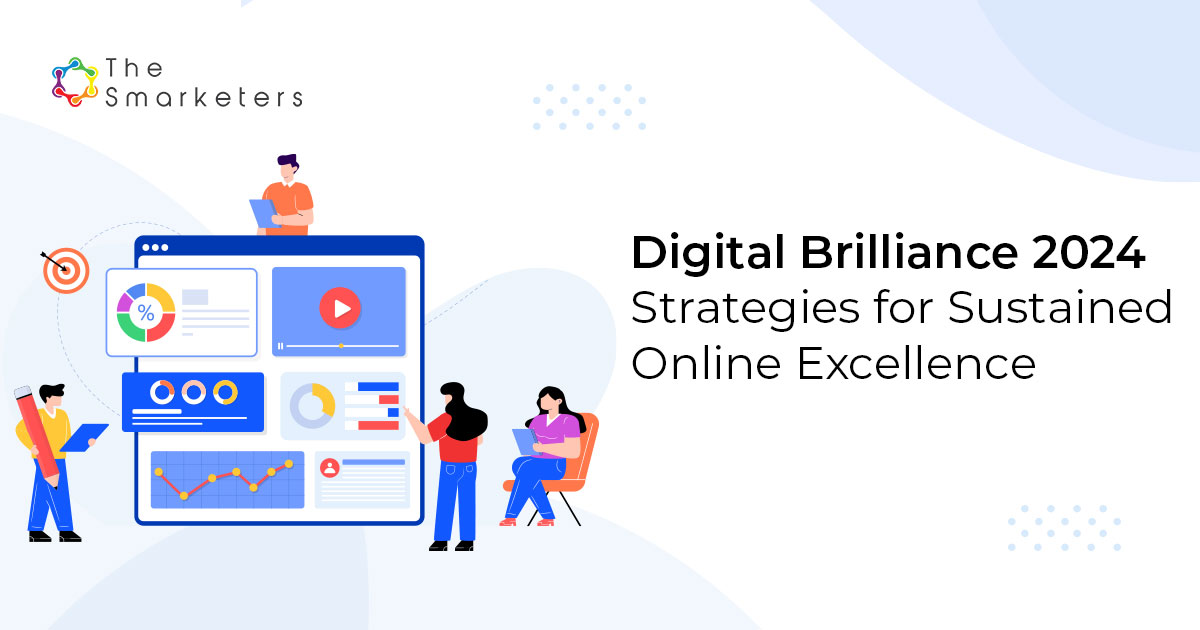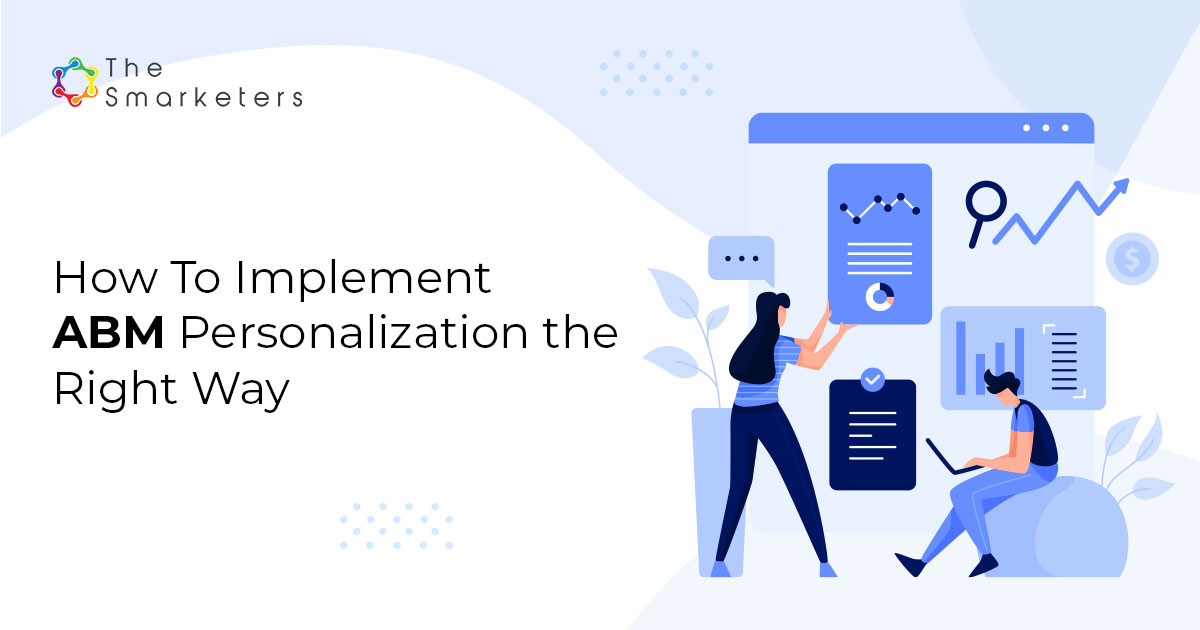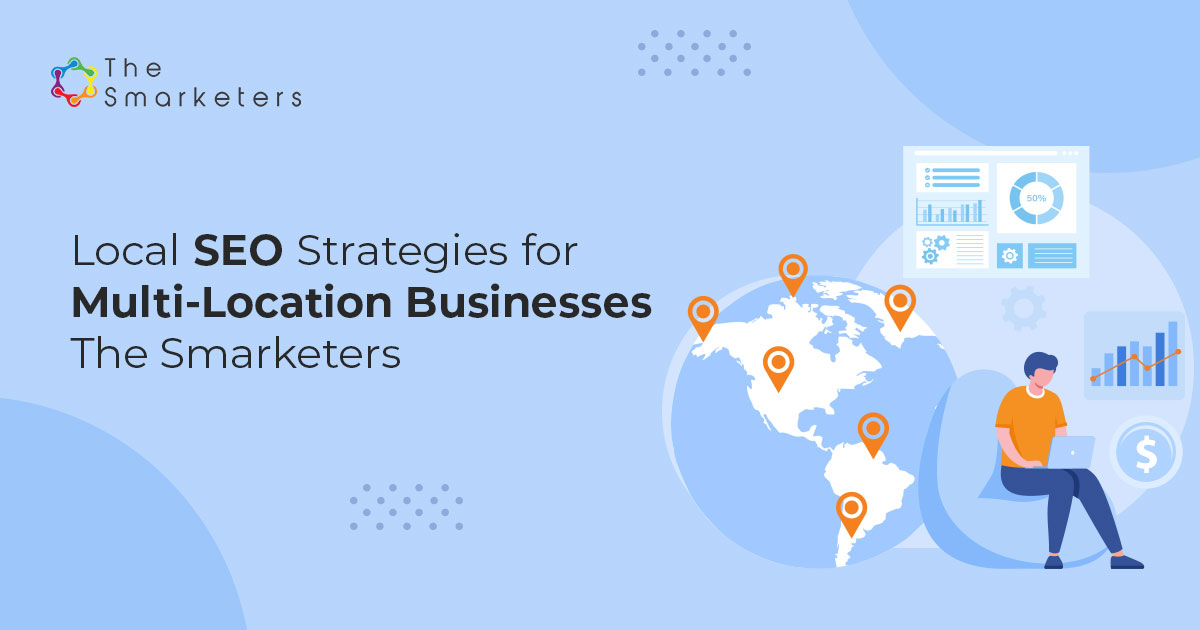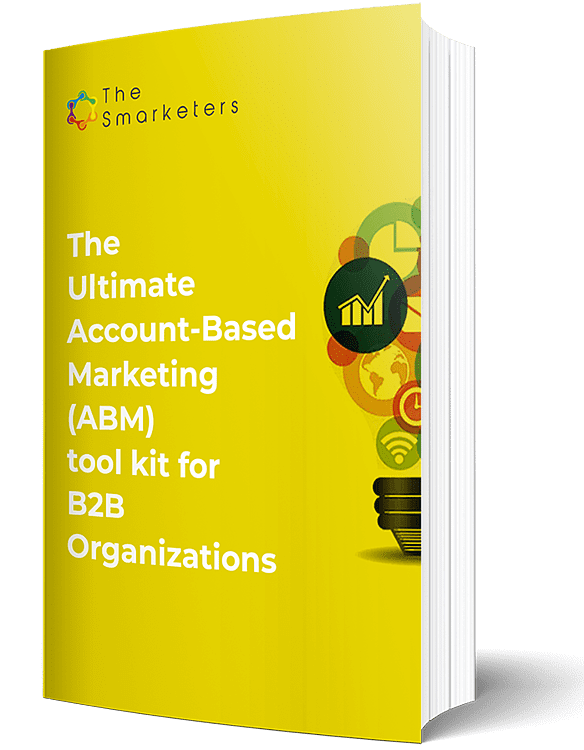If you are in the manufacturing sector and working without including digital marketing in your marketing mix, then there is a huge gap that you need to fill. McKinsey has confirmed that 70% of customers looking for B2B solutions, look for them online. 68% of B2B audiences make digital purchase decisions.
With the majority of your target audience online, owning the digital marketing strategy is critical. CEB’s Marketing Leadership Council in 2013 stated that business buyers do not contact suppliers directly until 57 percent of the purchase process is complete. This indicates that potential buyers are forming an opinion about the brand even before the first level of communication. It is hence imperative to involve your audience in the digital journey and offer a digital experience that communicates about your brand.
What has not worked for marketers in the manufacturing industry?
This is not a story from the past, but even today, marketers in the manufacturing sector rely on traditional marketing methods which cannot be personalized for their audience. Marketing is difficult in the manufacturing industry because the marketer has very little access to direct customer information.
Traditional methods have not worked well in comparison to those companies that have used a digital strategy to drive sales. Manufacturing companies still depend on only reseller channels, traditional print advertising, trade shows, and so on lack the opportunity to scale with speed. To keep accurate customer information and speed, marketers in the manufacturing sector need to rely on digital marketing.
How does digital marketing work in the manufacturing industry?
McKinsey quotes from its research out of a survey across 1000 B2B marketers that speed in providing information to suppliers and closing contracts has been the top challenge in closing sales. Digital archives, customer relationship management tools, and personalized information communication tools would help in dealing with this challenge.
Answering a few questions, prior to implementing a digital marketing strategy would help in solving some focusing problems. You could use the following checklist to start with.
- What challenges are we trying to solve?
- Who are our audience and what the different personas that we are trying to reach?
- What are they looking for at different stages in a buying cycle?
- What content would suit each stage of the buying cycle for each different persona?
- How should the contracts be designed for better communication?
- What parts of the communication can be standardized with the use of templates?
- Where can content and communication be digitized and where should it be personal?
Answering these questions would extract the most appropriate data points to further create a cohesive digital marketing solution. These answers would close the gaps that are otherwise, currently leaking and not helping in driving sales.
How can you use this information to create content that drives sales?
Well-curated, accurate, updated and problem-solving information drives the sales cycles in most marketing scenarios in a manufacturing organization. Here are a few things that you should try while creating your content.
Create an emotional connection – Showcase the value and environment that surrounds your product or service, rather than mere information about features, the team, and your organization. Speak in the language and tone of your customers. Bond over real-life scenarios than data points that may not initiate a connection between the brand and the listener.
Keep the information updated – While publishing information, avoid using standard data that is being passed over from years. Audit the information that is being distributed and update numbers and versions.
Create a memorable user experience – Let your audience re-engage with your content and communication across all the chosen channels. Adding to the noise will keep you lost in the crowd, among the competition. Keep your content unique and specific to your brand in line with your audience.
Take them through the journey – By journey, we are referring to the sales cycle. Stock enough content for different stages of the buying cycle. A b2b ales cycle is what your internal associate would look at and a buying cycle is what your potential customer experiences.
Creating a Communication strategy in alignment with content marketing strategy. Use the following checklist and by answering these questions you can create the right information flow.
- How to develop a content strategy?
- What type of content is required for each type of persona?
- How to position it? Where to place it?
- Where to distribute it?
- How to ensure it reaches your potential customers?
Some of the types of content that you may want to consider while designing your content strategy are –
- Blogs
- E-books
- Whitepapers
- Videos
- Webinars
- Podcasts
- Social Media Snippets
- Guest posting articles
After having decided where exactly would you fit any of the above types of content, work on building a team that would create this content. It needs to be always an outsourced affair where you rely on writers or freelancers. These content developers should be people who understand your business. Great content comes from people within your team and you could use an external team to refine it. This content could come from –
- Senior management
- Customers
- Managers and Project leads
- Associates
- Interns
- Suppliers
All in all, try and use automation tools that provide you with a bird’s eye view of the marketing operations that you take up digitally. Hubspot is a great tool to start with, which also allows you to track ROI at a lead and further granular levels. It helps you attribute efforts more meaningfully.
How can digital marketing strategies help marketers in the manufacturing industry?
Digital marketing strategy has the ability to create unique customer profiling and reach different groups of target audiences with apt communication. Digital efforts also help in building brand awareness, improving customer loyalty, establishing yourself as a thought leader, communicating capabilities, and nurturing leads.
Digital marketing strategy further helps in determining the ROI, converting customers impulsively which is a difficult stunt with manufacturing companies.
Solutions that can be used by marketers in the manufacturing industry
- Building a relationship with the target audience
- Better understanding of the lifecycle stages
- Personalizing information for better negotiations – timely information
- Better attribution and qualification of leads – better focus
- Analytics – knows exact numbers – better measuring
- More clarity on ROI
- Better sales
Conclusion
Manufacturers can carve a niche in their spaces by applying unique content that matters most to their suppliers and customers. Interestingly, the manufacturing sector relies equally on an environment created by its customers, distributors, re-sellers, and suppliers to drive sales. Hence, each of these stakeholders would be looking for a different set of information that needs to be presented at the right time and to the right people through the right channel.
Marketers in manufacturing need to update themselves and rely deeply on technology to adopt digital marketing techniques.





